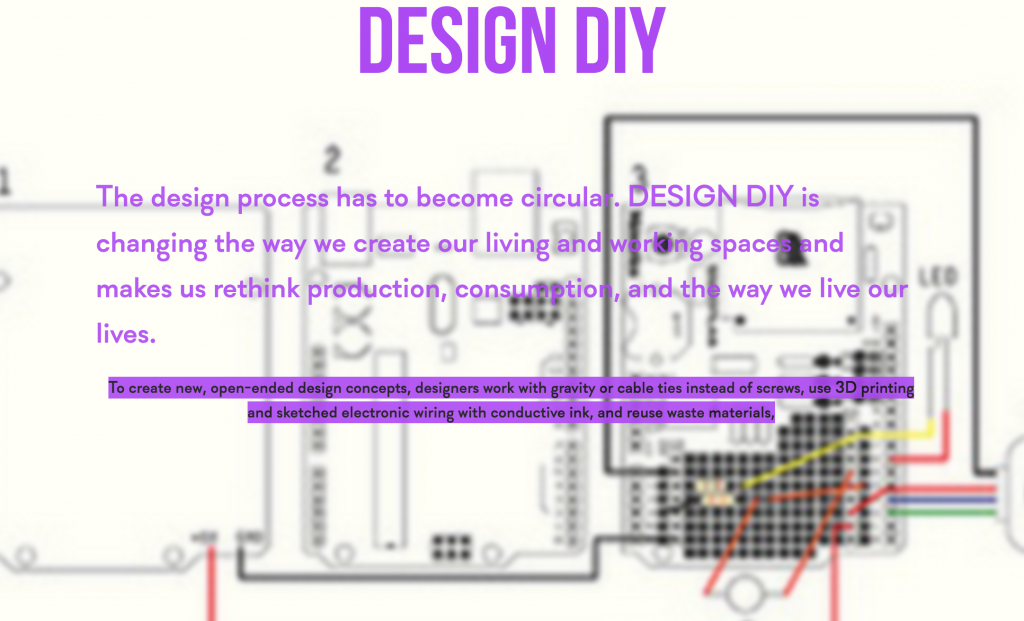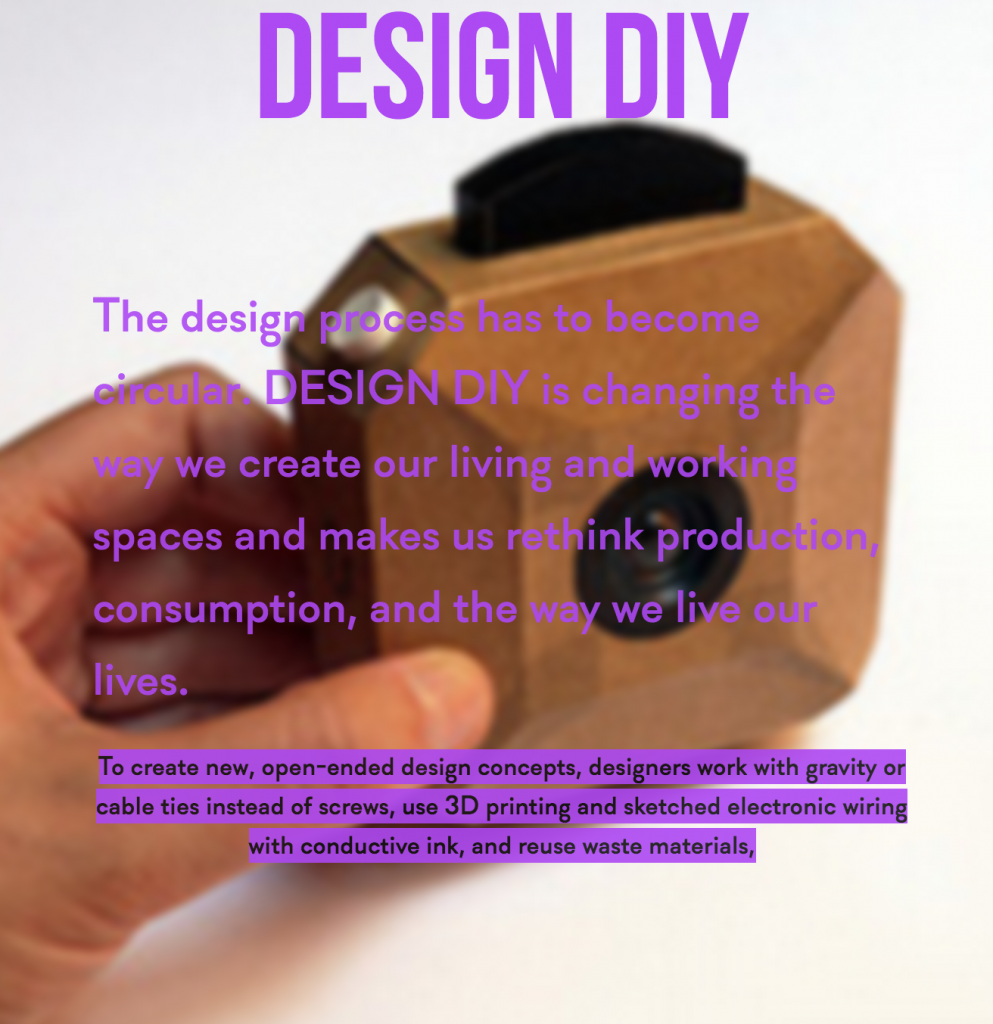Until the late 20th century, the process of design was mainly top-down: design was being made by designers, produced by manufacturers, and branded by corporations. In the 21st century, these processes of production and consumption are being rethought. The design process has to become circular.
As technologies are becoming smarter, also transport will need to become nimbler. More products incorporate biodegradable or waste materials, displays are becoming nearly ubiquitous, and there are “webs of things” being built which share information to react to your needs. New input devices allow designs to be made from a few hand gestures. Previously highly specialized technologies such as the testing of vehicle designs in wind tunnels can be performed with home computers. In design and architecture, algorithms help to optimize the form and thickness of building components and to explore the use of new materials in product designs.
Already today, you can download the design for an open-source digital camera for free and assemble it by yourself with cardboard and a few cheap electronic parts. Explore new design concepts for a circular economy in Design DIY, an open source publication curated by Mario Gagliardi.

